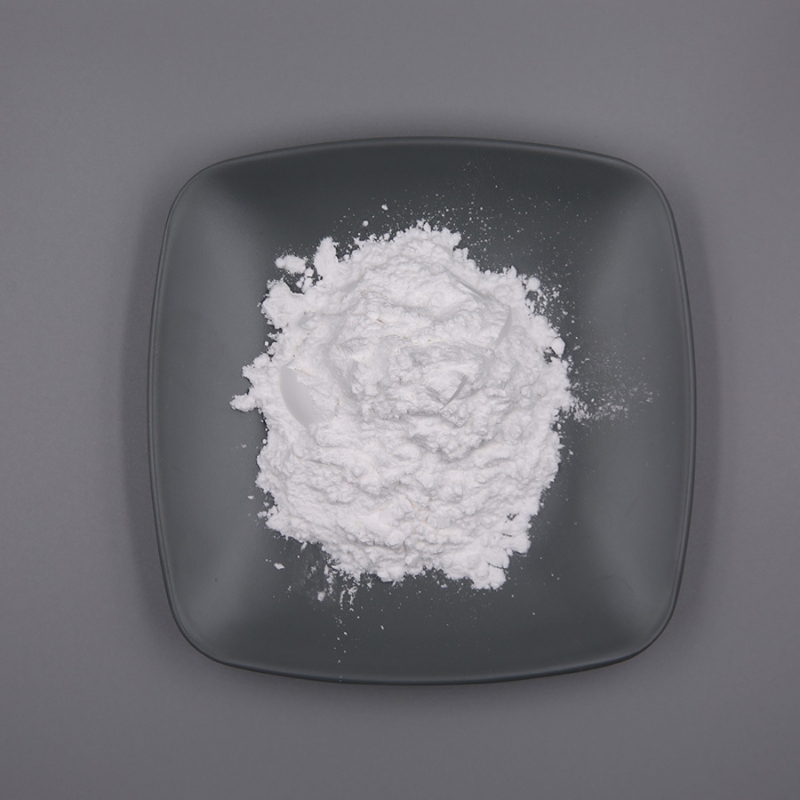Asymptomatic hyperuric acidemia, cure or incurable?
-
Last Update: 2020-07-22
-
Source: Internet
-
Author: User
Search more information of high quality chemicals, good prices and reliable suppliers, visit
www.echemi.com
The column "guide time" will focus on the diagnosis and treatment guidelines of Rheumatology and nephrology at home and abroad, and convey them to clinicians in a timely, comprehensive and accurate manner! In January 2020, the Indian Society for diabetes and Endocrinology (idea) released a consensus on the management of asymptomatic hyperuricemia, which provided guidance and suggestions on the definition and management of asymptomatic hyperuricemia.definition of hyperuricemia in China, hyperuricemia is defined as the level of fasting blood uric acid in men & gt; 420 μ mol / L and women & gt; 360 μ mol / L under normal purine diet.gout is a well-known disease related to hyperuricemia. Hyperuricemia without gout attack is called asymptomatic hyperuricemia.Table 1 According to the guidelines at home and abroad, it is suggested that 1 ■ which population should be screened for hyperuricemia (1) have a history of acute gouty arthritis; (2) have a history of chronic gout or gout stone; (3) be necessary for the treatment of urinary calculi; (4) patients with malignant tumors, especially those receiving chemotherapy; (5) those who are taking drugs that may increase serum uric acid (6) chronic kidney disease (EGFR < 60ml / min / 1.73m2); (7) cardiovascular disease; (8) metabolic syndrome.Table 1 drugs that may increase blood uric acid suggest 2. Blood uric acid detection should be done in the morning blood after one night's fasting. Alcohol intake, smoking and strenuous exercise should be avoided in the near future, and drugs should not be taken the night before.recommendation 3 ■ for patients with chronic kidney disease (CKD) with asymptomatic hyperuricemia, it is recommended that patients with stage 3-4 CKD with asymptomatic hyperuricemia receive uric acid lowering therapy. Considering the dose adjustment and the possible severe skin adverse reactions of allopurinol, febuxostat is a better choice.recommendation 4 ■ for cardiovascular disease patients with asymptomatic hyperuricemia, we recommend that patients with asymptomatic hyperuricemia and cardiovascular disease should start long-term uric acid lowering therapy (ult) after obtaining further evidence-based evidence.the Chinese expert consensus on the diagnosis and treatment of asymptomatic hyperuricemia complicated with cardiovascular diseases published in 2010 clearly pointed out that "there is no consensus on whether to give uric acid lowering treatment when asymptomatic hyperuricemia is combined with multiple cardiovascular risk factors or cardiovascular diseases.".it is suggested that 5 ■ the treatment of asymptomatic hyperuricemia patients should be recommended. All patients with asymptomatic hyperuricemia should recommend non drug treatment, diet control and exercise.for asymptomatic hyperuricemia patients with normal renal function (EGFR ≥ 90 mL / min / 1.73m2), allopurinol is recommended as the first-line treatment when the serum uric acid is more than or equal to 9mg / D, and the initial dose is recommended to be 50-100mg / D and slowly increased to the standard dose. Allopurinol should not be used in patients with HLA-B * 58:01.for CKD patients, considering the dose adjustment and the possible serious adverse reactions of allopurinol, it is recommended to use febuxostat as the first-line treatment.the initial dose was 40mg / day, slowly increased to the standard dose.patients with CKD should consider the correlation between CKD and cardiovascular disease when they start taking febuxostat.it is suggested that 6 ■ drug intervention time should be recommended for asymptomatic hyperuricemia patients. The treatment target of asymptomatic hyperuricemia patients is blood uric acid & lt; 6 mg / dl (357 μ mol / L); if the serum uric acid level is lower than 3 mg / dl (178.5 μ mol / L), it is not recommended to continue long-term uric acid lowering treatment.
This article is an English version of an article which is originally in the Chinese language on echemi.com and is provided for information purposes only.
This website makes no representation or warranty of any kind, either expressed or implied, as to the accuracy, completeness ownership or reliability of
the article or any translations thereof. If you have any concerns or complaints relating to the article, please send an email, providing a detailed
description of the concern or complaint, to
service@echemi.com. A staff member will contact you within 5 working days. Once verified, infringing content
will be removed immediately.







